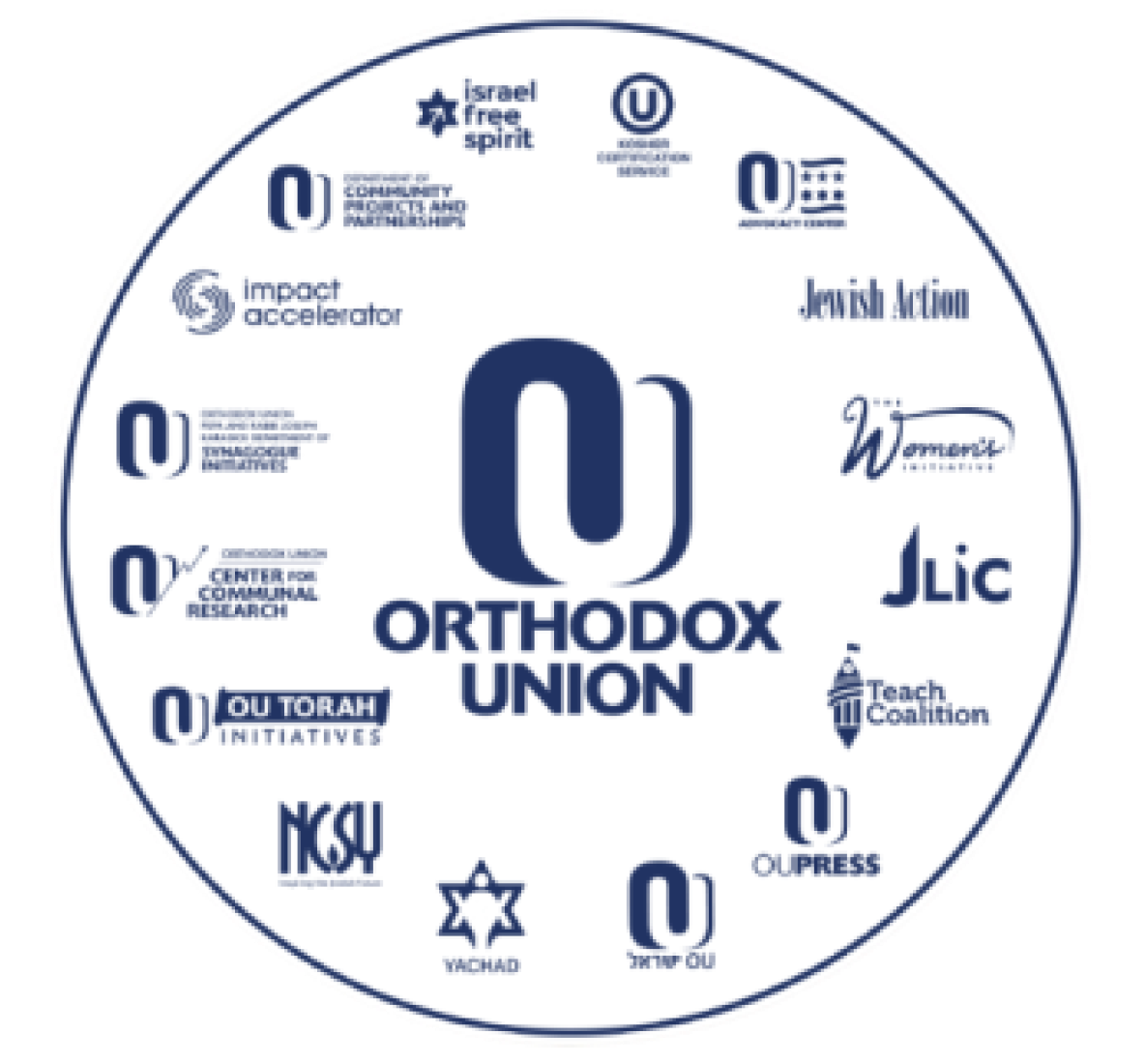Dear Friends,We have each other and we must treasure each other.For the nation that dwells alone and has had good reason to feel alone, Monday and Tuesday were days of incredible strength and hope. On both days, we rallied together in the hundreds of thousands and reminded ourselves that we are never alone because Hashem is with us and because we stand together with and for each other. On the National Mall on Tuesday, it was reassuring to hear governmental and faith leaders speak with perfect moral clarity in support of our people. It made us feel less alone. But it was even more impactful to see the massive gathering of Jews and to stand with hundreds of thousands expressing our shared commitment to the future of Israel, to our ability to live without fear as proud Jews in America, and to the plight of our beloved brothers and sisters held hostage.Monday was similarly impactful. While we could not see it with our own eyes, we knew that across our entire community people were dedicating extra efforts to tefillah, that shuls and schools everywhere were saying extra tehillim, and that in places like Brooklyn and Lakewood you would have to search to find a minyan that was not reciting the expanded tefillos of Yom Kippur Katan.Both rallies were powerful. Both rallies demonstrated with intensity and feeling that every corner of our varied community has a powerful love of Israel and Judaism and a deep concern for the soldiers and hostages. They showed how the Jewish people today, after its most fractious year in memory, have pulled together to focus on what is most important to all of us.Many thousands participated in both Monday’s Yom Kippur Katan and Tuesday’s DC March. Many thousands more participated in one and not the other, as some would not feel comfortable in the intensely Orthodox environment of the selichos minyan while others would not relate to a gathering with so many Jews and so little Torah. No matter. We should observe with deep satisfaction Klal Yisrael’s overlapping circles of profound care and unified focus.That is what we must focus on, not the controversies surrounding the statements or decisions of specific rabbanim or organizations. We must learn from the bitter experience of the past year that when we focus on fighting with each other, we lower our guard and become dangerously vulnerable to the threats of our real enemies. The discussions of Klal Yisrael need to go back to where they were two weeks ago, exchanging ideas about the latest creative idea to strengthen Klal Yisrael spiritually or materially, to revive some of the chesed, chizuk and spiritual efforts that have lapsed after the initial energetic rush. We need to stop the internal politicking, the analysis and critique of this or that rabbinic or organizational position and speak instead of the wall-to-wall unity of purpose – if not of method – that we are experiencing. Every part of Klal Yisrael is precious and dedicated to the future of the Jewish people, both those who would not attend Yom Kippur Katan and those who would not attend the DC rally. Instead of maligning the communal treasure of Agudath Israel and its leadership, let’s focus on becoming a true agudah achas la’asos retzoncha b’leivav shaleim.The Orthodox Union sits together with a wide variety of Jewish organizations at the communal tables of the Conference of Presidents and the Jewish Federations, the leading organizers of Tuesday’s rally. We can be at those tables courtesy of something known as the Schindler Doctrine, formulated by Rabbi Alexander Schindler of the Reform movement but critical to our Orthodox sensitivities, committing the Conference to focus entirely on issues that impact the material well-being of Jews and Jewish communities and avoiding religious issues where we cannot expect agreement. That mature understanding allowed us to come together to plan a historic rally that would not and could not be a religious event, but that would prove to be an important political effort to demonstrate support for Israel, the Jewish people, and the hostages across political parties, communities of faith, and individuals of influence and celebrity.Our partners in leadership across the Jewish community understood the power of this moment. Painful as it was to leave Torah off the program, we all did so consistent with the principle that allowed us to be at that table to begin with, steering clear of areas where there are for now irreconcilable theological differences. But we shared an enthusiasm to make sure that this political event would prove to be an uplifting religious experience for the Jewish community that would make us all feel our connection to each other and to G-d. The moments of tehillim, the singing together of Esa Einei, Acheinu, Vehi She’amda, and the recitation of Shema were some of the precious moments that uplifted and unified one and all.This was a week of true unity of purpose. We should savor that and build upon it. We have each other and we must treasure each other, all of us who were in shul on Monday or in DC on Tuesday. Let’s build together on what matters.למען אחי ורעי אדברה נא שלום בך, למען בית ד’ אלקינו אבקשה טוב לךHave a wonderful Shabbos.
Rabbi Moshe Hauer


